#Atreus icons
Text



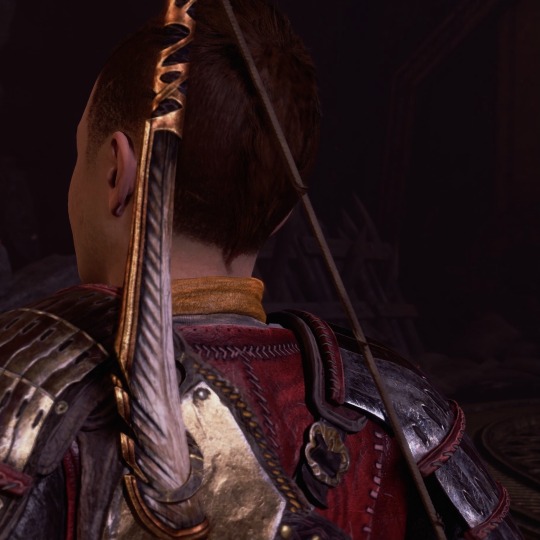






god of war ragnarök ~ thrúd thorsdottir and atreus (matching icons)
developer: santa monica studio
#requested !#god of war ragnarok#god of war#gow ragnarok#gow#thrud thorsdottir#atreus#gow atreus#god of war ragnarok icons#god of war icons#gow ragnarok icons#gow icons#thrud thorsdottir icons#atreus icons#gow atreus icons#game icons#icons#matching icons#thrud thorsdottir and atreus matching icons
23 notes
·
View notes
Text

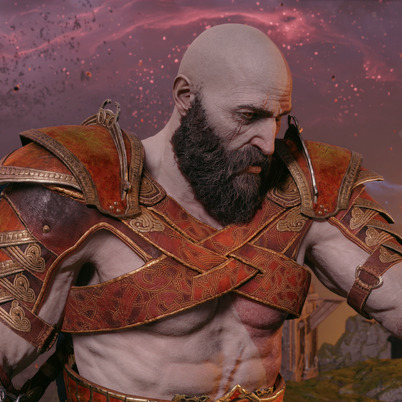
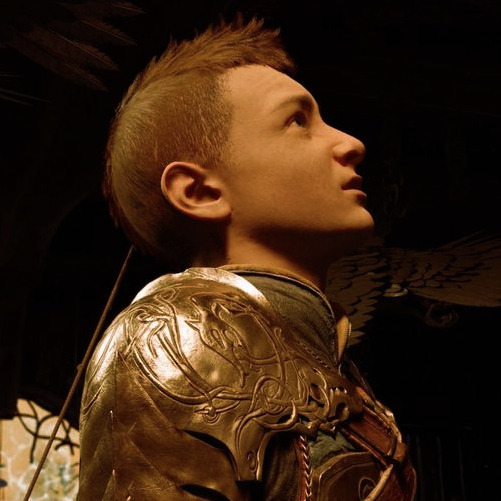


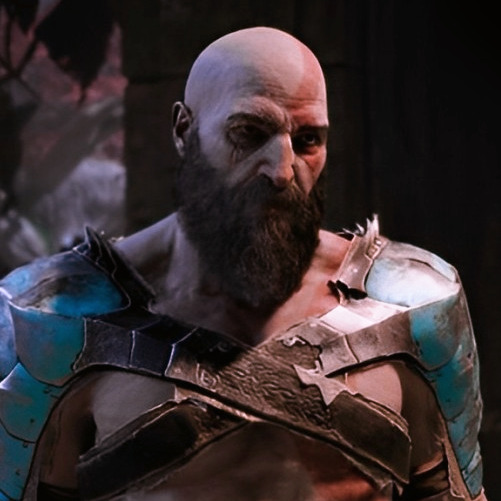

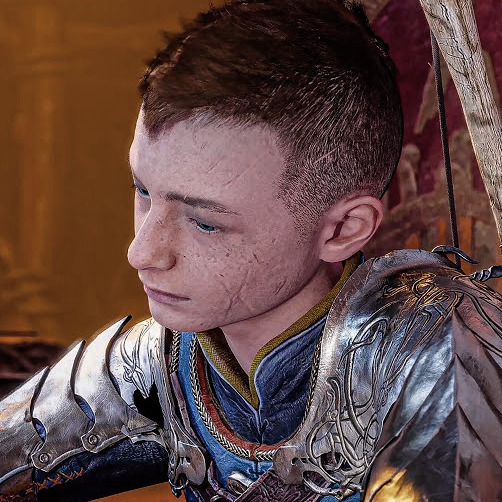

atreus and kratos icons
91 notes
·
View notes
Text






。 ࣪ 🦷𓇻 ּ ۪ 99 ◌
#I'm happy#⠀⠀⠀⠀⠀⠀⠀#⠀أنا سعيد#⠀⠀66. *#I'm feeling glad#I got sunshine in a bag#god of war#god of war ragnarok#gof of war layouts#god of war packs#kratos icons#atreus icons#play station#gow icons#twitter layouts#animelayout#anime packs#anime headers#messy layouts#manga layouts#messy packs#soft layouts#edgy
225 notes
·
View notes
Text
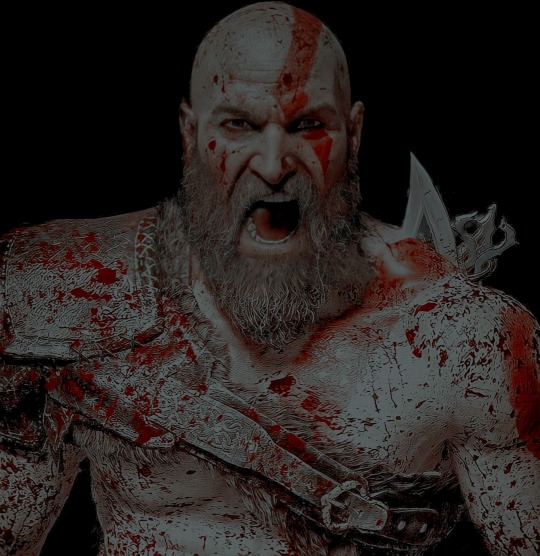

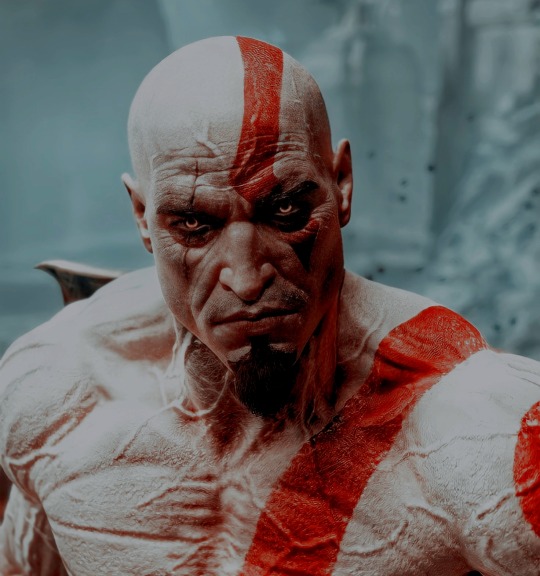



#kratos#god of war#icons#games icons#games#playstation#sony#sony icons#atreus#thor odinson#kratos icons#god of war icons#pinterest#tumblr#Atreus icons#loki icons#kratos icons tumblr
201 notes
·
View notes
Photo









྾ atreus [from god of war: ragnarok] icons ྾
“We've got to be more than a bunch of stories with our endings already written.”
+ bonus
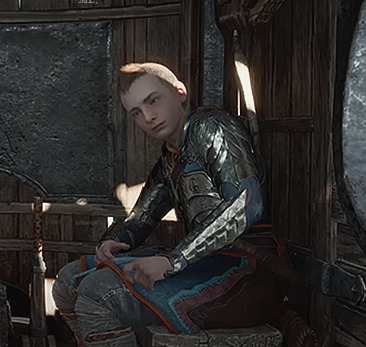
:::
[like or rb if you use <3]
what a cute boy he is. ^^
#gow#icons#gow icons#atreus#god of war: ragnarok#gow: r#gow atreus icons#atreus icons#gow atreus#edits#icons by me#vom#rose#<3#HE IS SO CUTE#^^#video games
121 notes
·
View notes
Photo


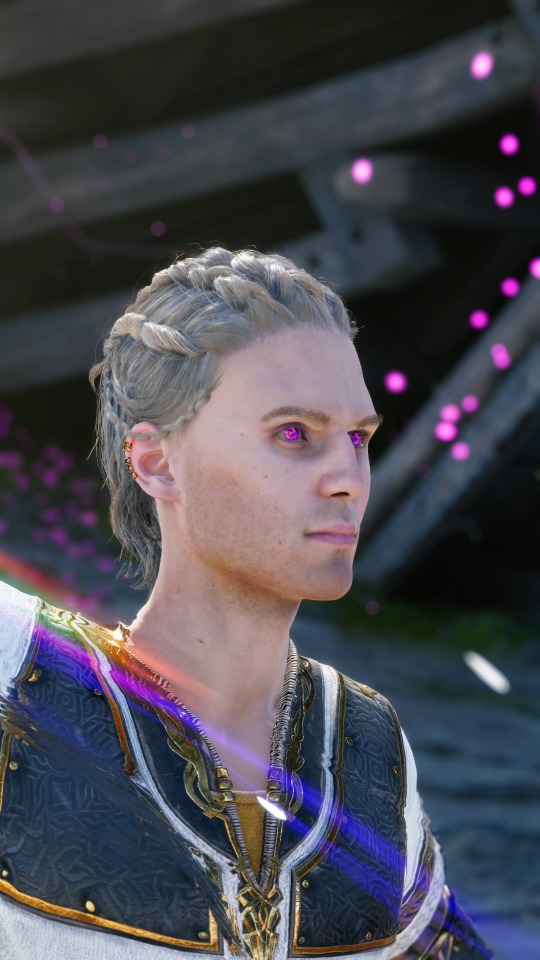
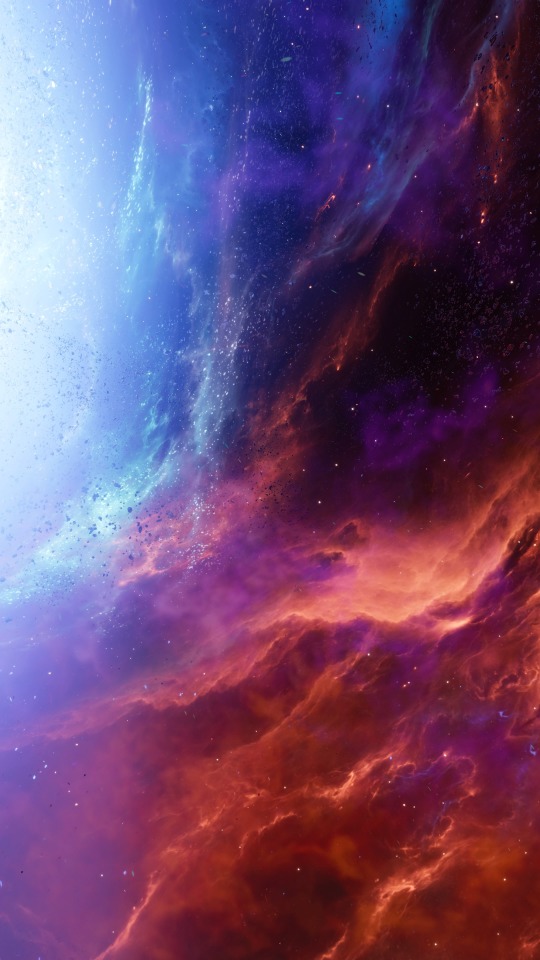
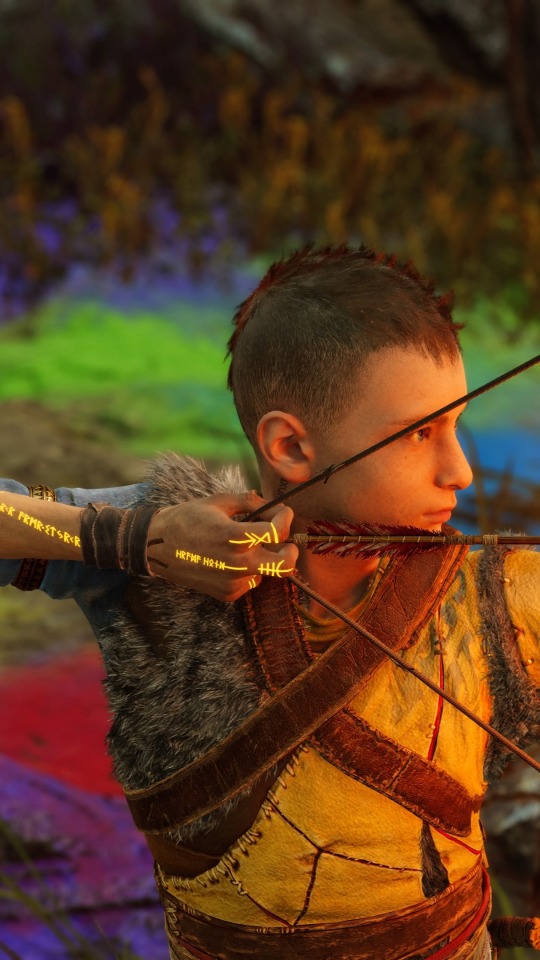





“they are very annoying and irritating” are you familiar with the concept of fun and being entertained by drama
#god of war ragnarok#god of war#heimdall#atreus#i'll be most grateful if you stop using my stuff from here and twitter in your content WITHOUT ASKING FIRST#a friend of mine @/fijj10 on twitter has been posting some of the screenshots i sent her and i keep seeing them all over#text her and ask first stop stealing#feel free to use my things as backgrounds and icons though#also shoutout to all the girlies thats been downright nasty and evil about heimdall#i see your comments ladies and they make me smile#im lurking and im stalking when you least expect it#im literally in your walls#such a shocker wow a villain does villainous things#did all the ppl thats been loud and hateful about him escape the genshin containment what#whats the story there how did that happen who allowed it#just keep to your corner and be quiet is this so hard#just shut up shut tf up#ppl that's been normal about expressing their dislike - yall valid im not talking about you#ppl going around attacking others for sets of fictional pixels - tag blocking exists#everyone is so high and moral until its about harassing artists#thats been sitting with me for a while i needed an outlet for venting#thanks for coming everyone#ill go enjoy some more of this 'keeping up with the kardashians' energy they give off#so unnecessarily dramatic and shady i love it
1K notes
·
View notes
Text

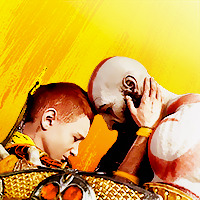

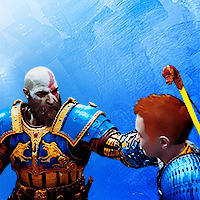



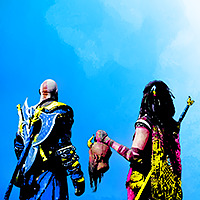




God of War: Ragnarök icon batch.
1 - "We do what we please. No excuses" ;) Just don't steal, claim as your own or re-edit.
2 - Like this post if you take/use.
#god of war ragnarok#god of war#gowredit#gow ragnarok#gowedit#god of war ragnarok icons#kratos#freya#atreus#angrboda#mine#icons mine
74 notes
·
View notes
Text
i need to talk about how freyja doesn't attempt to kill atreus during her despair, mourning and desire for revenge. you'd THINK the one person she'd go after to essentially get back at kratos is his son, as they took hers. but no. i have SO MUCH to say on this and why. but i'll explain it later.
#tbd.#she threatens to#but atreus clearly knew she wouldn't#and he's right. she wouldn't.#deep down she is still a mother and good at heart#despite all her pain and anger#she would not dare#done some icons now tags#but i'm taking a break for the night!
7 notes
·
View notes
Text

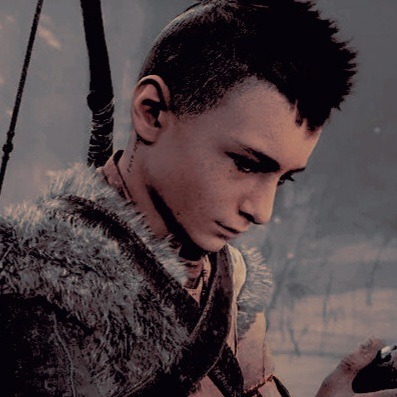
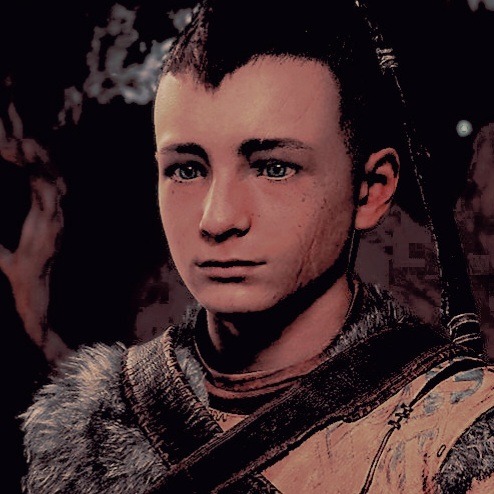



🏹 atreus icons ! ◞
rb + credit if used. NO id / me.
32 notes
·
View notes
Text



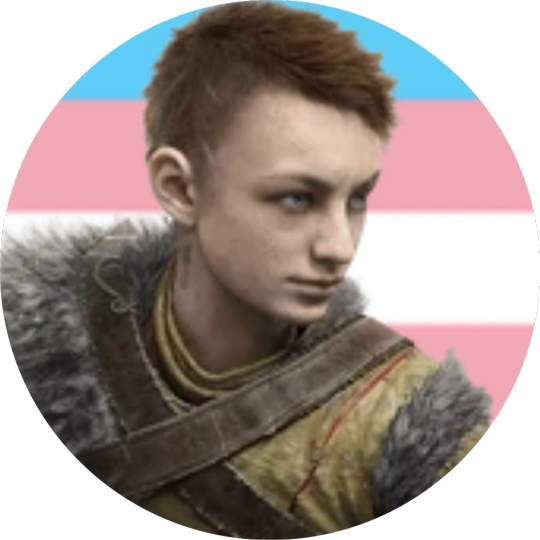

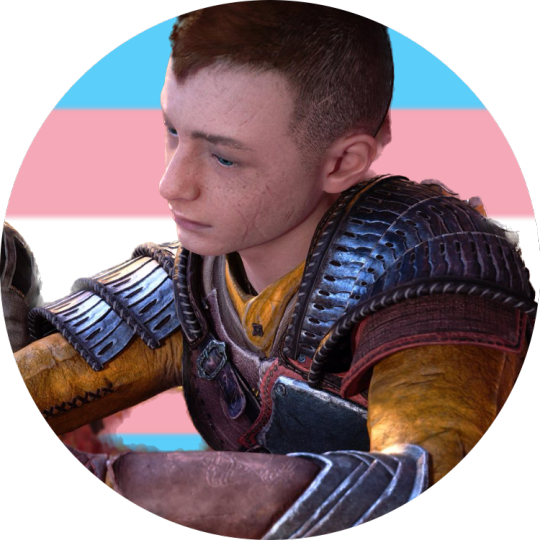
trans atreus icons !!
31 notes
·
View notes
Text
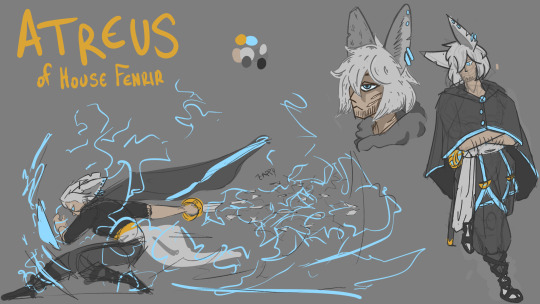
Despite the last name, he is indeed an old man fox boy dad and I love him for that. a bachelor by spite, party dad by happenstance.
#nightinghawk art#Atreus of House Fenrir#ttrpg oc#when everyone realized I not only made a fox boy#but a silver fox of a fox boy#extra funny because he refuses to be married off#i don't think he knows if he's ace or anything#man operates primarily out of spite and paternal instinct toward young people unceremoniously dropped in his lap#as everyone except the party elf has been dropped in his lap#including the party handler#who is 18 and therefore less than 1/3 his age#anyway he broke his sword by bitch slapping a plane#otherwise he's a completely normal nobleman veteran#icon ttrpg
3 notes
·
View notes
Text
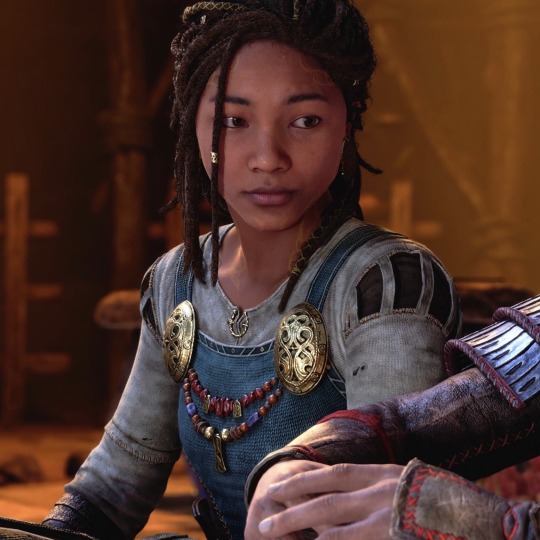
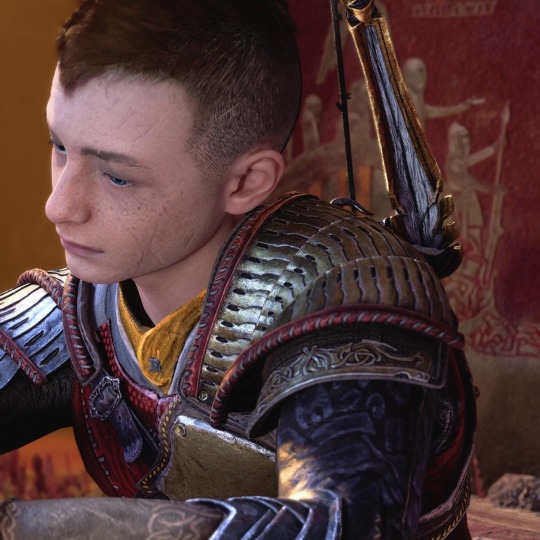
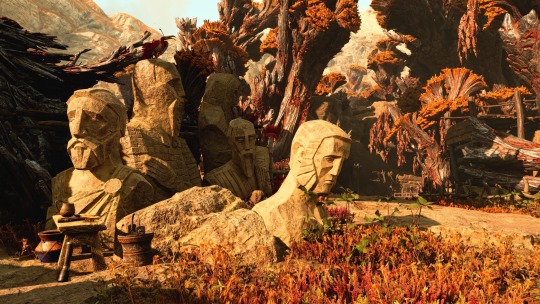

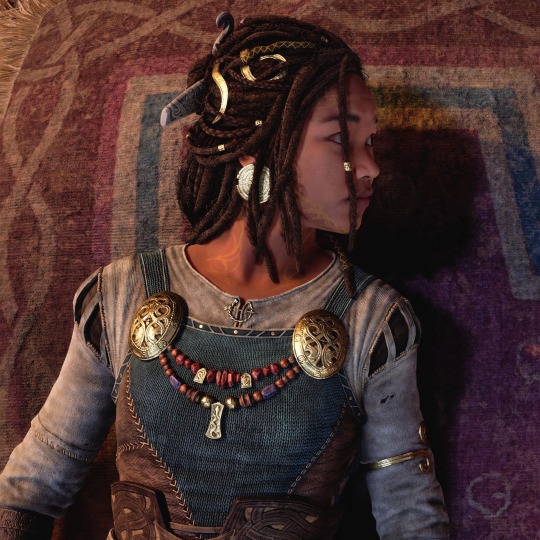
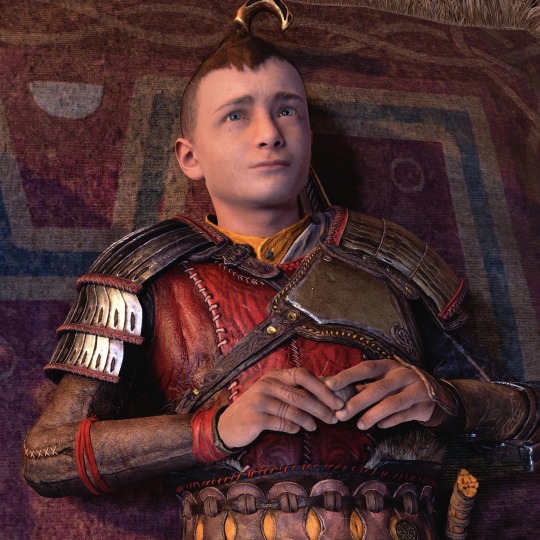

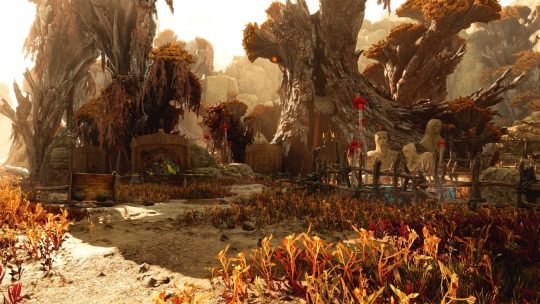


god of war ragnarök ~ angrboða and atreus (matching icons)
developer: santa monica studio
#god of war ragnarok#god of war#gow ragnarok#gow#angrboda#gow angrboda#atreus#gow atreus#god of war ragnarok icons#god of war icons#gow ragnarok icons#gow icons#angrboda icons#gow angrboda icons#atreus icons#gow atreus icons#game icons#icons#angrboda and atreus matching icons#matching icons
82 notes
·
View notes
Text
🌘 THE ECLIPSE a UNION of OPPOSITES 🌒
an analysis of the mythic motifs in dune part two through the lens of mythologist joseph campbell, and some predictions for dune messiah
• Divine Couple
• Death and Rebirth
• Redemption Through Divine Union
• House of Atreus
• Lunar-Masculine / Solar-Feminine
• Goddesses


THE ECLIPSE
This motif has been connected to Dune since the first film’s promo, especially with the concluding track of Dark Side of the Moon accompanying the initial trailer. Some fans believed this theme had been dropped as it wasn’t very present in the first film. However the eclipse continued throughout the promo of the second film. This was because Part Two is where the real pay off is, already in the first 10 minutes.
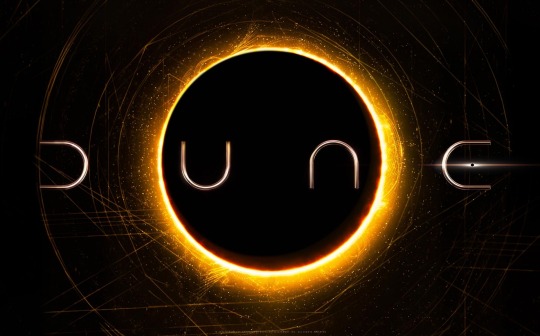
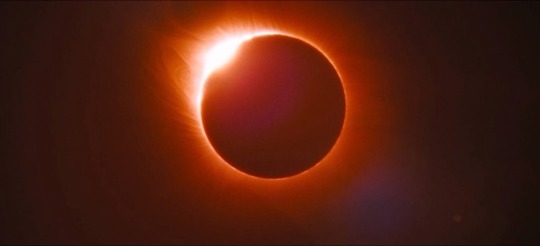
This concept is intrinsic to Denis Villeneuve’s adaptation. Since the first film I have been saying that Dune embraces the Lunar-Masculine (Paul) and Solar-Feminine (Chani). However beyond just that, Dune: Part Two showcases multiple pairings of the lunar-solar dynamic.
But before we jump into that, let’s establish the meaning of an eclipses in general mythology. Typically they are a symbol of death and renewal. Common interpretations have a beast devouring the sun, or a celestial couple evading or pursuing one another. These interpretations are consistent over and again in Dune.
What we will see, is that the greater Imperium holds a Solar-Masculine identity, but when it comes to Arrakis there is a distinct shift to the Solar-Feminine archetype.
PAUL as the MOON
There are an innumerable amount of connections. Bull motifs are reoccurring throughout the first film, where he grew up on a water world. After all, the moon is associated with the tides. He takes the name Muad’Dib, and one of the moons of Arrakis has the icon of a Muad’Dib aka Desert Mouse visible on its surface. And ultimately, Paul experiences rebirth in Part Two.
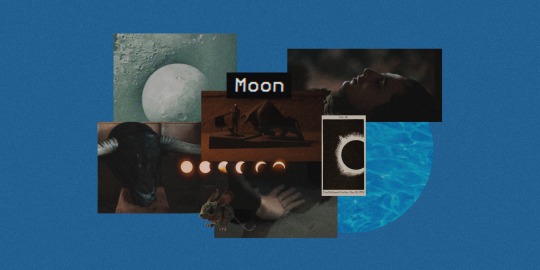
The bull is a figure of sacrifice which aligns very well with the lineage of House Atreides which can be traced back to the House of Atreus and it’s curse of familial murder, betrayal and symbolic consumption. Sacrifice of the children in each new generation.


IRULAN and the GOLDEN LION THRONE
Starting here is a good place, because it shows the transition of the Solar-Masculine of the wider Imperium toward the Solar-Feminine of Arrakis. Irulan Corrino of House Corrino is the daughter of Emperor Shaddam who sits on the Golden Lion Throne. His reign is coming to a close as Paul rises on Arrakis, and with no male heirs Irulan his eldest is the successor destined for marriage.
In this way Irulan becomes the embodiment of the Lion Throne, and her determination in Dune Messiah to produce Paul’s heir becomes clear. That function of the Queen Mother and how that feeds back into the Solar-Masculine as the King becomes tied to the lion and the throne once more.
In particular I would say her story is best reflected in the myth of the goddess Cybele who falls for Attis and when he falls for a mortal girl Cybele plots betrayal. Something for which she later feels guilt and tries to make amends for (Children of Dune).

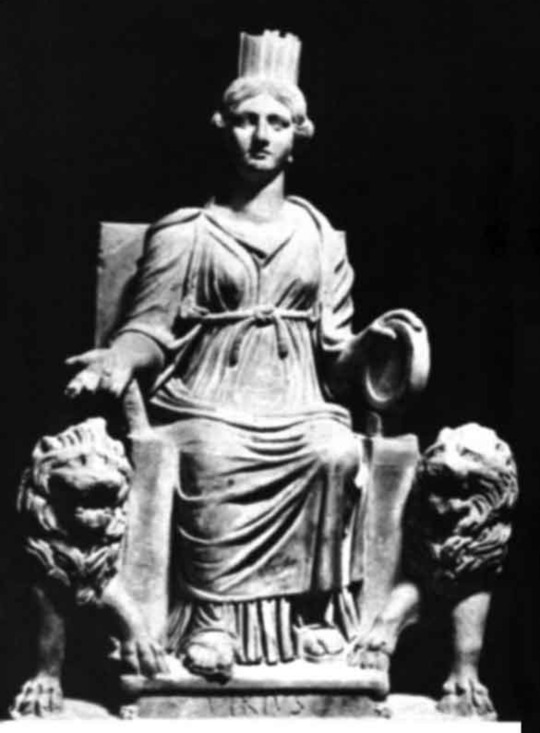
PAUL and JESSICA
Their dynamic is incredibly complicated, but I think the opening of the film during the eclipse sums it up very well. You follow the path of the moon as it covers the sun, and as it meets its full coverage Paul is the one taking action in the fight against the Harkonnen. However as the moon passes by and the sun takes over again, Jessica emerges to save Paul’s life.
This was intentional by the filmmakers, as is revealed in the Art and Soul of Dune Part Two, DP Greig Fraser identified the exact time, date and location in order to shoot the sun as it appears directly behind Rebecca Ferguson.
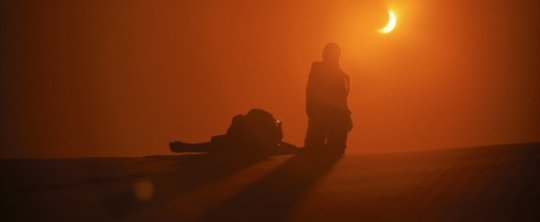

Jessica represents the sun on Arrakis, and in this scene we see how the moon dies into the sun to be reborn in their dynamic. It also lines up with motifs of the sun goddess giving birth to the sacrificial bull. Sacrifice toward this death and rebirth.


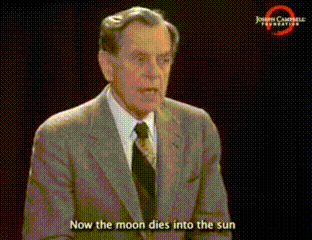
What we see is the separation of mother and son that brings them back together in the same place. Paul takes the lead and rejects his mother’s influence, but she leads him toward the death and rebirth he must experience, and this brings them back to a common understanding.

This is also why having Jessica sit the Atreides “throne” in the finale instead of Paul (who did so in the book) makes mythic sense. Because again we return to the Solar-Feminine mother as the throne, and her son as king. But in a different context here then what Irulan aspires toward.
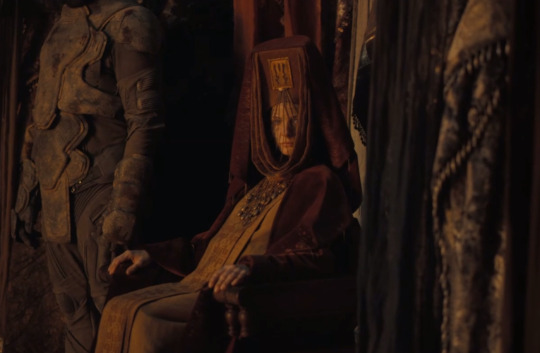
A SYMBOLIC UNION aka THE BULL SACRIFICE
The House Harkonnen family seal in the books is the griffin, which makes his introduction in a gladiator arena killing Atreides even more appropriate. Feyd’s birthday is also associated with a solar event. Because ultimately Feyd is the matador and Paul is the bull.

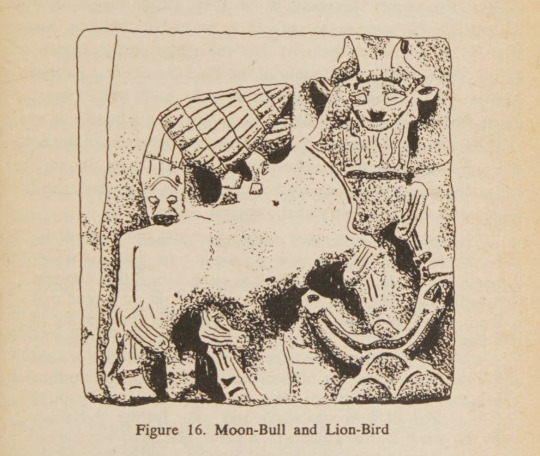
What works so fantastically about the dual, is how it is bathed in the sunlight. After all, the sun figure (day) is facing off against the moon (night) figure in this sequence. Plus the bull was the eventual demise of Paul’s grandfather who was a matador. This takes place at sunrise, and it’s a dual for the throne, where whoever is victorious inherits the Golden Lion Throne. The
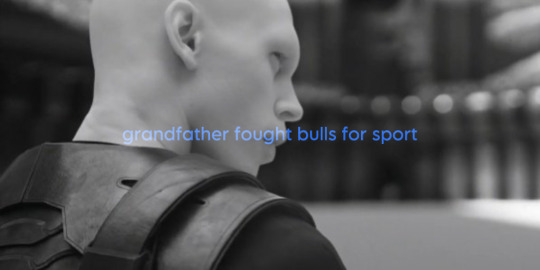
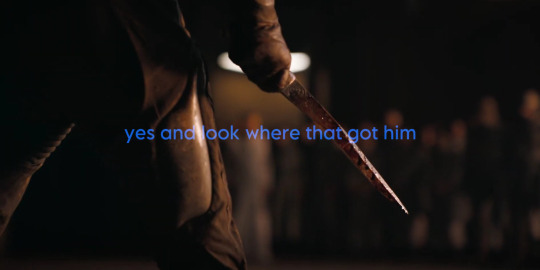
Denis specially describes the dual as a symbolic union, and it works on multiple layers. This bull sacrifice, is in essence the quote from part one of “when you take a life you take your own” so Paul killing Feyd is penetration, intimacy, it is rebirth.
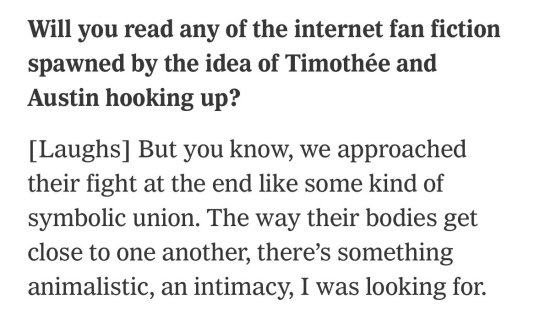

It is also reminiscent of how Campbell describes the sun-moon twins of Navajo myth:
The two, Sun-child and Water-child, antagonistic yet cooperative, represent a single cosmic force, polarized, split, and turned against itself in mutual portions. The life-supporting sap-power, mysterious in the lunar rhythm of its tides, growing and decaying at a time, counters and tempers the solar file of the zenith, life- desiccating it its brilliance, yet by whose heat all lives.
— Joseph Campbell's Commentary from "Where the Two Came to Their Father: A Navaho War Ceremonial" by Jeff King and Maud Oakes
DESERT SPRING TEARS and DIVINE UNION
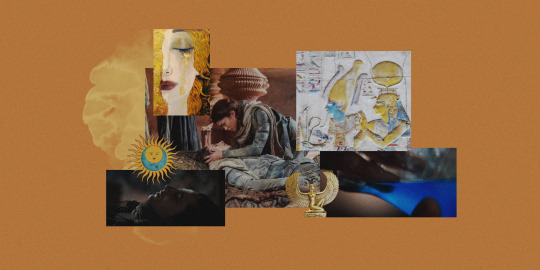
There is a section in the Dune Encyclopedia that talks about the foundation of the Bene Gesserit beliefs. In particular the teachings of a certain ancestral memory personality, called Inanna (yes that is the name of the Sumerian goddess who was also in a divine union caught between life and death glad you asked) about the Kwisatz Haderach. It basically establishes that the entire premise of the Bene Gesserit and the Kwisatz Haderach is in essence the Divine Couple.
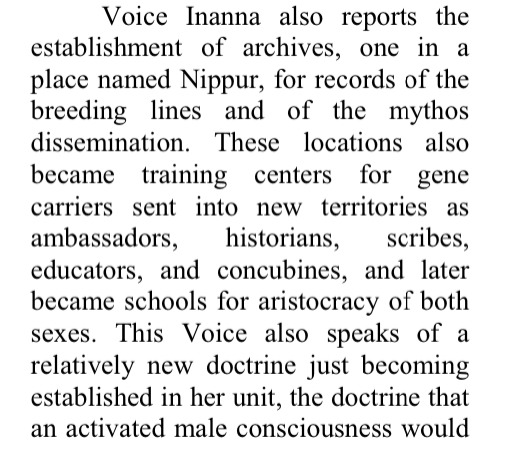

It specifies two mirrored dynamics the son saved/resurrected by the mother and the husband saved/resurrected by the wife. Inanna called them Au Set and Au Sar. The Kemet names for Isis and Osiris. The idea of the Bene Gesserit would have this as the mother of the KH, and the Corrino princess he would have married. But with things thrown off course, it represents outside their control.
In Dune, we see it between Paul and Chani. Like Isis who has the solar disc and Osiris who is tied to water and death, her lover has died and she is the one to revive him.
Furthermore the concept of mythical tears can be found in the goddess Freya (who arguably is compatible with sun-goddess motifs) who weeps when her husband Odin is lost to her.
But perhaps most compatible—the healing tears of a phoenix. A bird archetype similar to Isis as bird. This is where the yin-yang dynamic of Chani and Paul becomes most apparent, since the serpent is synonymous with the bull and therefore Paul who “makes peace with Shai-Hulud” encompasses the dragon (yang) as a complement to Chani’s phoenix (yin).
In the behind the scenes of Dune Part Two, the Maker Temple is said to be designed like the infinity symbol with the two circles (one of sand and one of water). Sand being death and water being life, but also the reverse. As the sandworm thrives in the sand but is drowned in the water. And Paul is stuck between life and death, literally laying between both pools, when Chani comes to resurrect him.

This film literally has three kisses. Their first kiss when Chani says she will show him the way of the Fremen, their second kiss on screen when she says he will never lose her before going South, and the third symbolic kiss of life.
This marriage/death is also foreshadowed in Paul’s visions in Part One when Chani kisses him and then stabs him. Which is where we return to Isis and Osiris because Paul’s death state (dying again as we established, after killing Feyd, similar in a way to Set and Osiris) is where we will eventually get the twins Leto II and Ghanima with Leto II being the Horus in this equation.

As the Pink Floyd lyrics say, the sun is eclipsed by the moon and this is captured in the heartbreak Chani feels over losing Paul and losing her people to the Lisan al Gaib. The Fremen way of life has been eclipsed and over taken by the Atreides and the Bene Gesserit. Here we see more of the concept of that beast devouring the sun from the beginning, verses the celestial couple dynamic.
Chani leaving the residency chamber is also reminiscent of certain myths like Amaterasu going into hiding, or the Inuit folktale about the sun goddess fleeing her moon god brother/lover who pursues her.
However the Dune Encyclopedia also talks about the concept of redemption (which is why in the film Mohiam asks Margot if Feyd is capable of redemption) of the “mate savior”. The Kwisatz Haderach. They would bring about a release from bondage through redemption and rebirth.
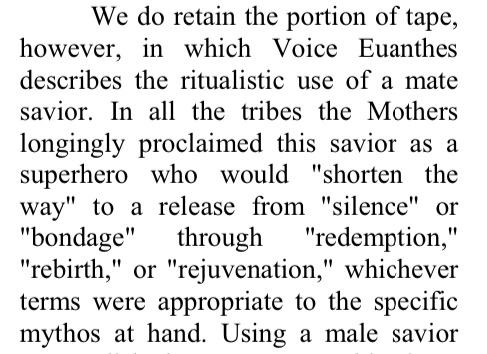
Which is relevant to the dynamic of Paul and Chani in Dune Messiah for Denis, because he has said Paul is going to be looking to save his soul in part three, and how Paul and Chani come back together won’t just be explained away off screen between films. It will be that continued cycle of rebirth, through redemptive love. Rebirth as a whole in Dune is worth its own discussion, since all the different Jungian descriptions of it can be found within this universe.
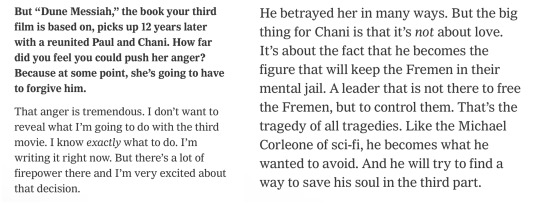
CONCLUSION
The eclipse, a lunar-solar dynamic representing the union of opposites, is very significant in Dune Part Two and sheds a lot of light onto what we can anticipate next in Dune Messiah, particularly in regards to the central romance between Paul and Chani and the changes Denis has made from book to screen.
#joseph campbell#dune part two#dune#dune 2#dune movie#dune 2024#divine union#mythic romance#mythology#eclipse#paul atreides#paul x chani#chani kynes#bene gesserit#goddesses#inanna#goddess#lunar masculine#solar feminine#house Atreus#curse of Atreus#redemption#timothée chalamet#zendaya#feyd rautha#austin butler#lady jessica#rebecca ferguson#florence pugh#irulan corrino
66 notes
·
View notes
Text
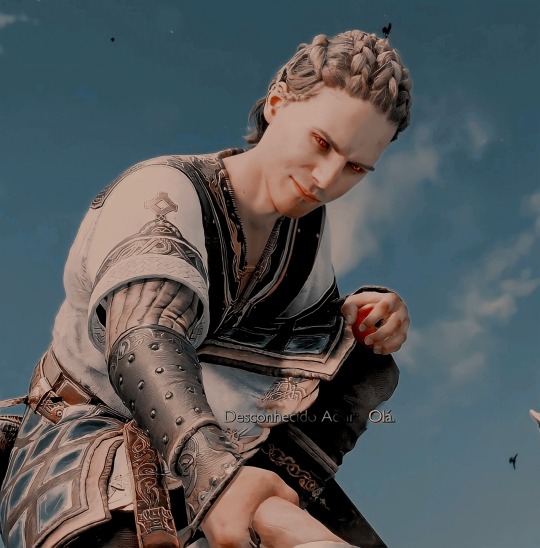



#god of war#icons#games icons#games#god of war baldur#kratos#atreus#god of war icons#baldur icons#kratos icons#mitologia#Heimdall#Heimdall icons#tumblr#thor icons
381 notes
·
View notes
Text
Deep dives into folklore: Greek plays
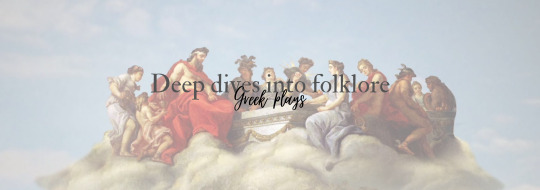
Ancient Greek plays, primarily produced during the 5th century BCE, hold a significant place in the annals of world literature and theatre. These plays, often performed in grand amphitheaters like the Theatre of Dionysus in Athens, served not only as entertainment but also as reflections of societal values, norms, and political ideologies. In this essay, we delve into the societal influence and impact of three iconic Greek plays: "Antigone" by Sophocles, "Oedipus Rex" by Sophocles, and "The Oresteia" trilogy by Aeschylus. Through an analysis of their plots and themes, we uncover their profound implications on ancient Greek society.
"Antigone" by Sophocles:
"Antigone" tells the story of a young woman, Antigone, who defies the orders of King Creon by burying her brother Polynices, who died fighting against Thebes. Creon has declared Polynices a traitor and decreed that his body should remain unburied, but Antigone believes in the divine law and the duty to bury her brother. Despite warnings and pleas from her sister Ismene and Creon's son Haemon, Antigone persists, leading to tragic consequences for herself and those around her.
"Antigone" reflects the tension between individual conscience and the laws of the state. In ancient Greece, the concept of divine law, or the unwritten laws of the gods, often clashed with human-made laws. Sophocles uses Antigone's unwavering commitment to burying her brother to critique the tyrannical nature of absolute power and the importance of moral duty. The play serves as a cautionary tale against unchecked authority and the consequences of hubris, resonating with audiences then and now.
"Oedipus Rex" by Sophocles:
"Oedipus Rex" centers on King Oedipus of Thebes, who unknowingly fulfills a prophecy by killing his father, King Laius, and marrying his mother, Queen Jocasta. As Oedipus investigates the murder of Laius to rid Thebes of a plague, he gradually uncovers the horrifying truth of his own identity and actions. Despite his efforts to evade fate, Oedipus cannot escape his tragic destiny, leading to his downfall and exile from Thebes.
"Oedipus Rex" explores themes of fate, free will, and the consequences of ignorance. In ancient Greece, the belief in fate, or moira, was deeply ingrained in the cultural psyche. Sophocles uses Oedipus's tragic journey to illustrate the limitations of human knowledge and the inevitability of destiny. The play prompts audiences to contemplate the complexities of the human condition and the hubris of challenging divine will. "Oedipus Rex" thus serves as a timeless examination of the interplay between fate and agency, leaving a lasting impact on Greek society and beyond.
"The Oresteia" Trilogy by Aeschylus:
"The Oresteia" trilogy consists of three interconnected plays: "Agamemnon," "The Libation Bearers," and "The Eumenides." The trilogy follows the cursed House of Atreus, plagued by a cycle of violence, betrayal, and vengeance. "Agamemnon" portrays the return of King Agamemnon from the Trojan War and his subsequent murder by his wife Clytemnestra in revenge for sacrificing their daughter Iphigenia. "The Libation Bearers" depicts the avenging actions of Agamemnon's son Orestes, who kills Clytemnestra to avenge his father's death. Finally, "The Eumenides" explores the trial of Orestes by the Furies and his eventual acquittal by Athena, marking the transition from primal vengeance to a system of justice in Athens.
"The Oresteia" trilogy grapples with the themes of justice, retribution, and the evolution of legal systems. Aeschylus uses the tragic saga of the House of Atreus to examine the cyclical nature of violence and the necessity of breaking free from the cycle of vengeance. The trilogy reflects the changing societal values in ancient Greece, particularly the shift from personal vendettas to the establishment of democratic institutions. By advocating for the rule of law and civic order, "The Oresteia" resonated with Athenian audiences and contributed to the cultural and political discourse of the time.
Ancient Greek plays like "Antigone," "Oedipus Rex," and "The Oresteia" trilogy continue to captivate audiences with their timeless themes and profound insights into the human condition. Through their exploration of societal norms, moral dilemmas, and political ideologies, these plays left an indelible mark on ancient Greek society and continue to influence literature, theatre, and philosophy to this day. As enduring classics of world literature, they serve as reminders of the enduring power of storytelling to provoke thought, inspire change, and transcend the boundaries of time and culture.
#writeblr#writing#bookish#writers of tumblr#booklr#fantasy books#creative writing#book blog#ya fantasy books#ya books#deep dives into folklore#folklore#deep dive#mythology#myths#legends#new books#book#book quotes#book review#books#book recommendation#book recommendations#booklover#booklovers#books and reading#bookworm
12 notes
·
View notes
Text
*heimdall and atreus, fighting and bickering*
Atreus: Oh yeah?! At least I can get bitches!
Heimdall: *his evil iconic laugh while with thrud and atreus* Have you.. Ever noticed how soft your father has been towards me?
Atreus: Huh? Oh, yeah I guess he has been kind of soft towards you, but what does that have to do with--
Heimdall: I fucked your dad, Atreus.
Atreus: .. What?
Heimdall: I fucked him real good, I fucked your dad HARD, Atreus.
Atreus: No, NO, NO YOU FUCKING DIDN'T.
Heimdall: HES GREEK, BITCH. HE WANTS DICK. HE WANTED MINE.
Atreus, sobbing: NO, NO NONONO
Heimdall, laughing: I FUCKED YOUR DAD, AND ILL DO IT AGAIN
what a way to break it to him, heimdall.
btw atreus knows abt the birds and the bees already so like .. hes sobbing, very hard.
#god of war ragnarok#gow ragnarok#heimdall#heimdall x kratos#god of war#gow#atreus#atreus is scarred#heimdall wtf
152 notes
·
View notes